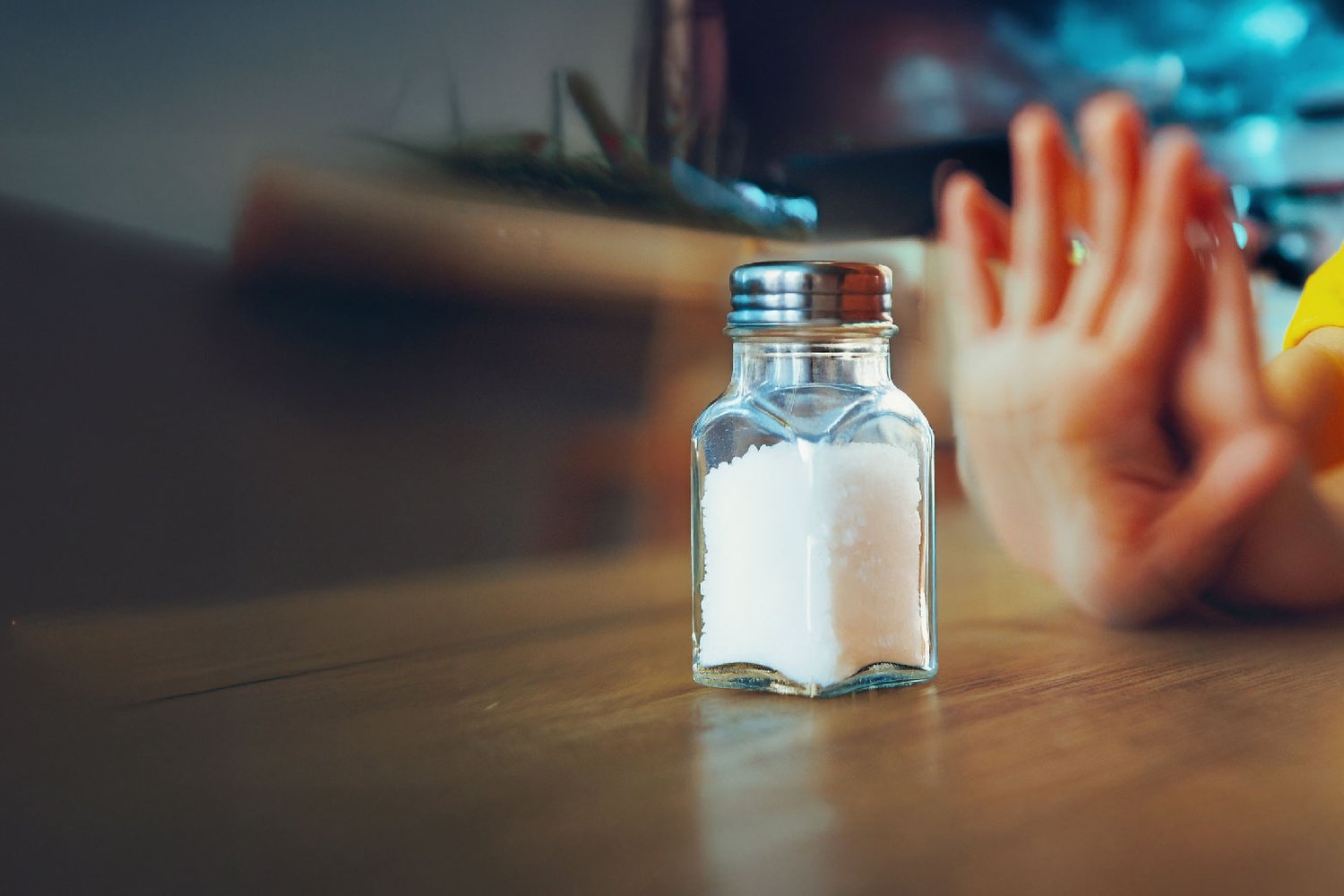Accelerating Global Efforts to Reduce Sodium Intake
2024. 11. 08

The World Health Organization (WHO) reports that excessive sodium consumption is prevalent worldwide.
On average, adults consume 4,310 mg of sodium each day, which significantly exceeds the recommended limit of 2,000 mg. High sodium diets are linked to increased risks of high blood pressure, cardiovascular disease, obesity, and osteoporosis. Annually, excessive sodium intake is responsible for approximately 1.89 million deaths. To address this critical issue, the WHO advocates for sodium reduction strategies to enhance public health globally. These strategies include implementing front-of-pack labeling and conducting public awareness campaigns at the national level.1)
1)WHO, Fact sheets on sodium reduction, 2023 Sep.

In response, governments across various nations are actively advocating for sodaium reduction to enhance public health.
In both the U.S. and Europe, where there is an ongoing battle against obesity, national strategies are being implemented to decrease sodium intake through established policies and guidelines. The U.S. FDA has issued the Dietary Guidelines for Americans, aiming to reduce daily sodium intake by over 30% by 2025 and encourages consumers to check sodium content on Nutrition Facts labels. 2)
Similarly, 75% of European countries have initiated sodium reduction programs, such as Hungary's Public Health Product Tax on high-sodium processed foods to discourage unhealthy consumption and Finland's requirement for labeling foods with high salt content. The UK’s Salt Reduction Programme aims to reduce sodium levels across more than 100 food categories. 3)
2) U.S. FDA, Food Labeling and Nutrition on Sodium Reduction, 2023 Mar.
3) KHNI, Salt and Health – What is Being Done Globally to Reduce Salt Intake?. 2024 Feb.

Alongside national and policy initiatives,
a shift in consumer perceptions has prompted the food industry to actively introduce low-sodium products.
Increasingly, consumers are linking sodium intake with health risks,4) including the risk of heart disease, the adverse effects of salt consumption, and a desire for a healthier lifestyle. These concerns have spurred the launch of numerous products with “low” or “lower sodium” labels, particularly in snacks, which are typically high in salt.5) The trend towards low sodium not only aligns with consumer demands but also meets policy standards, offering the industry a significant market opportunity to adapt and innovate
4) Euromonitor, Health and Nutrition Survey “Ingredients and Labels: Reasons to Avoid Salt,” 2023
5) Innova Market Insights, New Products
Secret Recipe for Sodium Reduction






